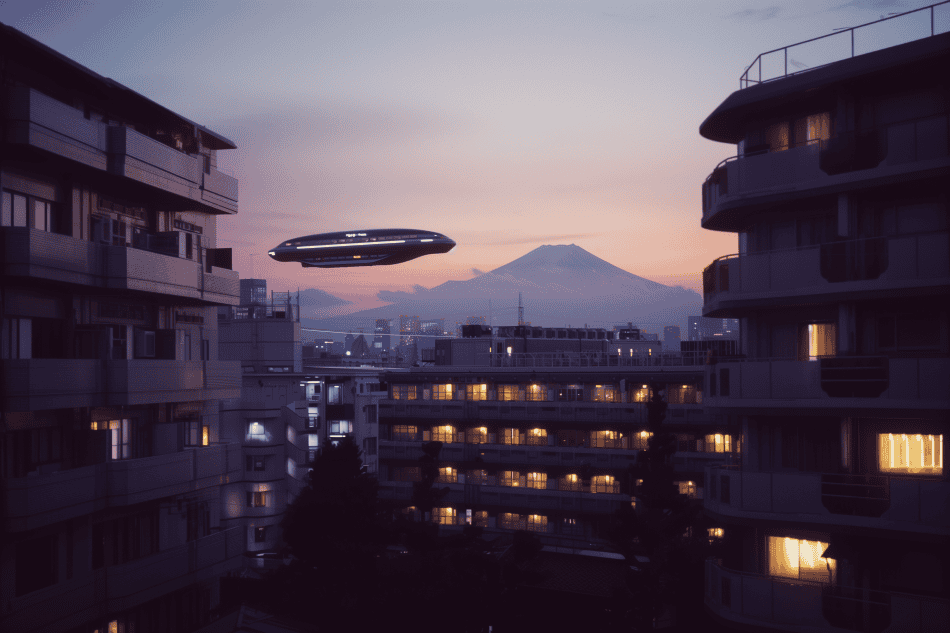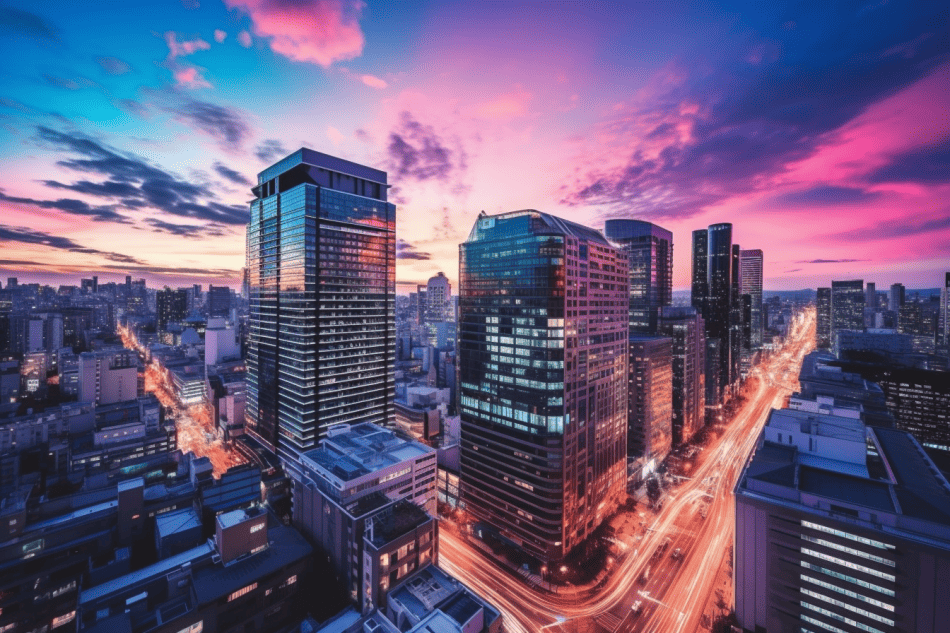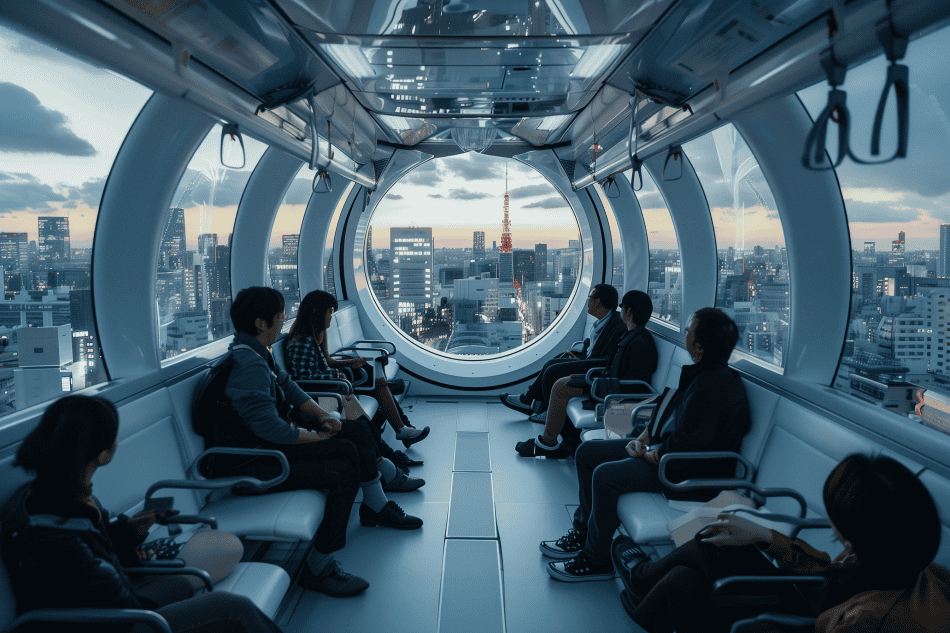To be frank, I have been a long-time customer of the Keisei Skyliner train between Narita Airport and Ueno Station and have never once had anything critical to say about its comfort and service. No traveler loves the long distance between Narita and the capital, but zipping silently along in the Skyliner, which makes the journey in just over 40 minutes, the urban planners who decided the Tokyo airport should be built on backwater rice paddies in Chiba could almost be forgiven. Almost.
So when the Jodan Skyflyer Ultra Express was announced earlier this year, I didn’t immediately join the throng of bandwagon hoppers claiming the Skyflyer was the future of airport-to-city mass transportation. That is, until the day my friend flew into Narita and needed to get to his hotel in Yokohama’s Minato Mirai district. That’s the day the Skyflyer made a believer out of me.

What is the Jodan Skyflyer Ultra Express?
For those living under a rock for the past few months, the Skyflyer Ultra Express is the world’s first airborne station-to-station public transportation system. It is essentially a flying train, serving Tokyo, Takanawa Gateway, Kawasaki, and Yokohama stations. With its as-the-bird-flies route, the Skyflyer Ultra Express effectively shaves over an hour off of transit times between Narita and Yokohama, making the flight, er, trip in just over an hour.
It is fitting that the Skyflyer serves Yokohama as its terminal station. The model for the train and service was born from a startup company nurtured by the YOXO BOX, a hub for startups and entrepreneurs set up by Yokohama City to foster innovation in the technology and research industries. The city’s support for the young company helped create the connections to get the Skyflyer off the ground, pun fully intended.
After meeting my friend outside international customs, we headed up the elevator to the 7th floor platform where the Skyflyer arrives and departs Narita. We stow his luggage in the generously large luggage area and settle into the molded padded seats. I admit a tinge of excitement as I await takeoff, discreetly snapping away with my phone’s camera, like everyone else around us.
After a brief jingle of musical notes followed by a recorded announcement about our route, we were away. The takeoff was so smooth and quiet that we may as well have been on rails. Staying relatively low to the ground near the airport to avoid the air traffic, we glided over rice paddies with nary a whisper of the train’s four giant electric-driven propellers below us. About 10 kilometers from the airport and approaching civilization, we slowly ascended to about 500 meters, passing over expressways, love hotels, and sprawling mega-supermarkets.

Landing at the Skyflyer platform of Tokyo Station, we first passed through Marunouchi’s artificial canyons of glass and steel as curious office workers peered out their windows to glimpse the futuristic flying train. I suppose in time, with 12 trains flying in and out each day, it will become a familiar site, but for now, it remains a novelty. Flying trains were once a tantalizing taste of the future seen only in sci-fi films, and now, it is an everyday occurence in urban Tokyo.
The similar takeoffs and landings at Takanawa Gateway and Kawasaki were not quite as impressive, although between Tokyo and Takanawa Gateway we were able to admire the skylines of Roppongi and nearby Tokyo Tower. Those on the other side of the train were treated to a panoramic view of the Rainbow Bridge connecting mainland Tokyo to Odaiba.

Finally, an hour and three minutes after leaving Narita, we quietly touched down at the terminal Yokohama Station. My friend and I turned toward each other and stared at one another, a slightly glazed look in our eyes. I’m not sure either of us had put down our smartphones during the whole journey as we were laser-focused on recording photos and videos. Would anyone in the world believe such as thing was possible? Only here in Tokyo, where 47-story buildings can be completed in 5 years, and the redirection of a major commuter train line to new tracks done without a single minute of downtime. (The latter refers to the mind-bending event of March 16, 2013, when the Tokyu Toyoko Line was rerouted to the Fukutoshin Line between the hours of 01:00 and 05:00 with the help of 1,200 workers who shifted the track alignment using a pre-built incline.)

Is the Jodan Skyflyer Ultra Express expensive? Sure it is, but if you consider what it really is, a chartered flight connecting the far-off reaches of Narita to Yokohama City with the convenience of a typical passenger train, the cost-to-value ratio becomes more palatable. And as flying trains become a more common feature of urban Japan, the prices are sure to decline rapidly.

As I peered out the window, watching the last light of the day casting its warm glow over dense Tokyo neighborhoods, it dawned on me that living in Tokyo isn’t living in the present but constantly living on the edge of the future.
ABOUT MY “ILLUSIONS OF JAPAN” SERIES
Can we be honest here? The story you just read is from my “Illusions of Japan” series, works that are part truth, part fiction, about people, places, and events in Japan. The images were created by me using the AI image generator, Midjourney. My intention is not to deceive but to entertain and at best, to get you to think about our world in a critical way and question for yourself what you can and cannot believe. As AI becomes a bigger part of our lives, it’s going to be increasingly challenging to separate the truth from fiction. At least here, there’s no harm in believing everything you read.
